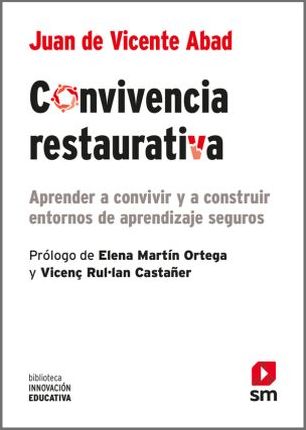Review of the book: Restorative coexistence Editorial SM. ISBN: 9788413922218
Main Article Content
Abstract
Children and young people spend most of their time in the school context in the company of their peers. For this reason, schools must be familiar with the tools needed to teach and promote coexistence and must integrate that teaching into the rest of the school’s activities in a programmed and systematic way. To achieve this, schools must first define the skills students need in order to learn to interact with each other appropriately. Restorative coexistence teaches us to learn from conflicts and live together in harmony, and how to unite groups, resolve disagreements, communicate effectively and build community through dialogue.
Keywords:
Downloads
Article Details
References
DE VICENTE-ABAD, Juan (2021). Convivencia restaurativa. Aprender a convivir y a construir entornos de aprendizaje seguros. Editorial SM.
Ley Orgánica 3/2020, de 29 de diciembre, por la que se modifica la Ley Orgánica 2/2006, de 3 de mayo, de Educación. Boletín Oficial del Estado, núm. 340, de 30 de diciembre de 2020, pp. 122868 a 122953. https://www.boe.es/eli/es/lo/2020/12/29/3
Recomendación (UE) 2018/C 189/01 del Consejo Europeo, de 22 de mayo de 2018, relativa a las competencias clave para el aprendizaje permanente. Diario Oficial de la Unión Europea, C189 de 4 de junio de 2018. https://eur-lex.europa.eu/legal-content/EN/TXT/?uri=CELEX:32018H0604(01)



